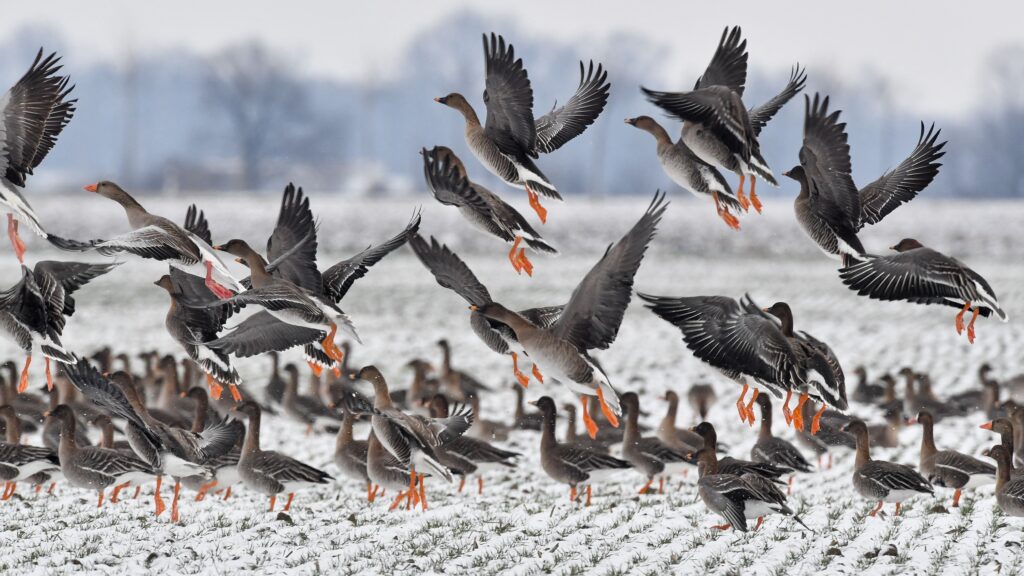Health officials in British Columbia, Canada, have closed for now their investigation into how a teenager there became infected with H5N1 bird flu because they have run out of leads to pursue, the province’s public health officer said Tuesday.
Bonnie Henry said an exhaustive investigation of the people and domestic animals the unnamed teen had contact with shed no light on how the teen became infected. Likewise, environmental sampling of sites around where he or she lives did not detect the virus. The investigation also suggests there was no onward transmission from the teen to anyone else, she said.
advertisement
“I am very confident that there are no additional cases out there right now, but we still need to be careful and we need to watch and think about how do we prevent this from happening to anybody else,” Henry said during a news conference.
“Our detailed public health investigation is closed for now unless anything new arises.”
The teenager remains in hospital in serious condition, on a ventilator and unable to breathe on his or her own at this point. Henry noted, though, that the teenager had shown some signs of progress in recent days, and there is hope for recovery.
advertisement
The teen initially sought medical care for conjunctivitis — infection of the mucosal membrane around the eye — on Nov. 2. On Nov. 8, the child was admitted to B.C. Children’s Hospital in Vancouver.
Genetic sequencing of virus from the teen conducted at Canada’s National Microbiology Laboratory in Winnipeg revealed that it is an H5N1 virus of the clade 2.3.4.4b and the genotype D1.1. This is not the same genotype of the virus that has been spreading in dairy cows in the United States. It is a version of the virus that has been isolated from wild birds, and that has touched off 54 ongoing H5N1 outbreaks in poultry operations in British Columbia, mostly in the Fraser Valley, the area of southwest of Vancouver where the teen lives.
Henry said that comparison of the virus from the teenager to other H5N1 virus sequences shows, however, that it is not closely related to the viruses isolated from affected poultry farms. Instead, the closest — though not perfect — match was to viruses recovered from two cackling geese that were found dead in the Fraser Valley in early October.
“So that tells us … that there may have been an intermediary, either another bird or an animal between the geese that were detected and this young person,” Henry said.
Analysis of the virus also showed signs it was mutating in ways that might allow it to more easily infect people. But the teenager is no longer viremic and therefore that mutated virus has died out.
All of the people who were in contact with the teenager while he or she was infectious — 34 health care workers and 16 close family members and friends — tested negative for the virus. All have completed the 10-day incubation period during which flu symptoms would develop, if infection has occurred.
Twenty-five animals — birds, rodents, dogs, cats, and reptiles — were tested for the virus; none was positive. Extensive testing was performed on a dog that was sick before the teenager became ill, but again, none of those tests was positive, Henry said. “We may not ever know for certain exactly where they were exposed and where it came from,” she said, noting that a person in Missouri tested positive for the virus earlier this year and the source of the infection was never traced.
advertisement

